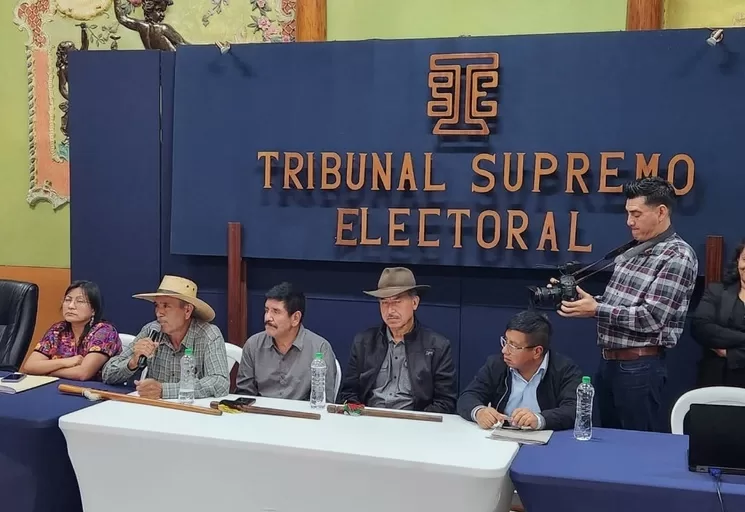A scientist intends to carry out the first live sonification of waves recorded by a seismograph. The presentation will take place next Tuesday (09) at a congress in the American city of Atlanta and the data used will be collected in real time at monitoring stations in Yellowstone Park.
Domenico Vicinanza, in addition to being a Professor of Physics and having collaborated with institutions such as NASA and CERN, is a composer. His experience with music has made him a pioneer and specialist in the area of sonification — conversion into sounds — of scientific data and, for the first time, the artist researcher will show the process live using geophysical data.
The performance forms part of the conference program. Internet2 Community Exchange, an event that brings together scientists and university students to address the challenges and possibilities in areas related to the Internet today. A program developed by Vicinanza will convert the signals picked up by the Yellowstone seismometer into musical notes that will, in turn, be played by Alyssa Schwartz, professor of flute and musicology at Fairmont State University.
There is no way to predict the outcome, especially as this is a live performance. “We have absolutely no idea how the song is going to come out,” says Vicinanza. The physicist just points out that, if the seismic activity is intense during the presentation, the music can sound dramatic, while a low activity would lead to calm music.
Alyssa, who will have the challenge of performing the piece, will be free to adjust the intensity and articulation of parts of the song, but will not be able to change the notes transcribed by the program. Domenico says the teacher is “extremely brave” for accepting the role.
The researcher says that the field of data sonification can provide new ways of experiencing science — both for scientists themselves and for the general public. “Each pattern, peak or sudden change in music will be a direct representation of what is happening in Yellowstone. Instead of looking at a seismogram, we’ll be able to hear it — that’s amazing,” he concludes.
Source: Anglia Ruskin University




